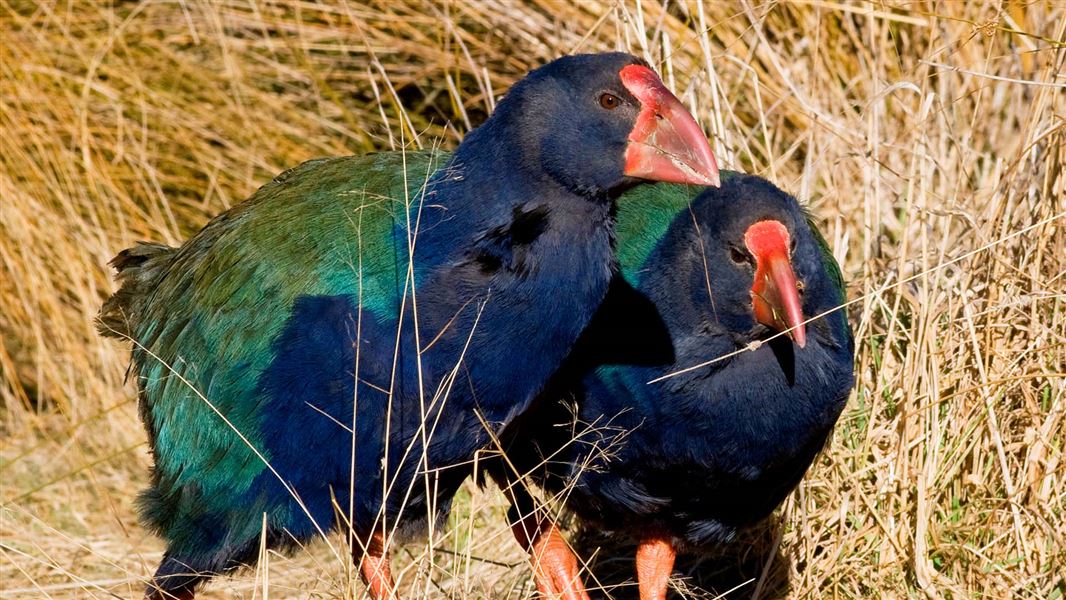The Takahē Recovery Programme brings together our DOC takahē team, tangata whenua, and communities across Aotearoa New Zealand.
Ka tū te moho, Kia ora ake anō
The takahē stands, in order to live again
For more than 75 years, our work to save takahē has pioneered conservation methods in New Zealand and the world. From rangers, volunteers, and scientists to puppets, bantam hens, pilots, and pest trappers, all have contributed to the recovery of the takahē.
Explore how we’re continuing to help takahē, who’s doing the mahi, and how you can get involved.
Thought to be extinct not once but twice, the takahē has an incredible story.




